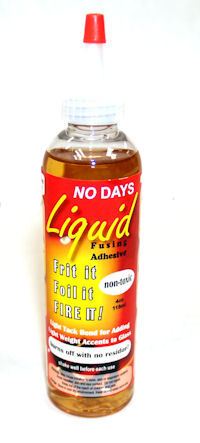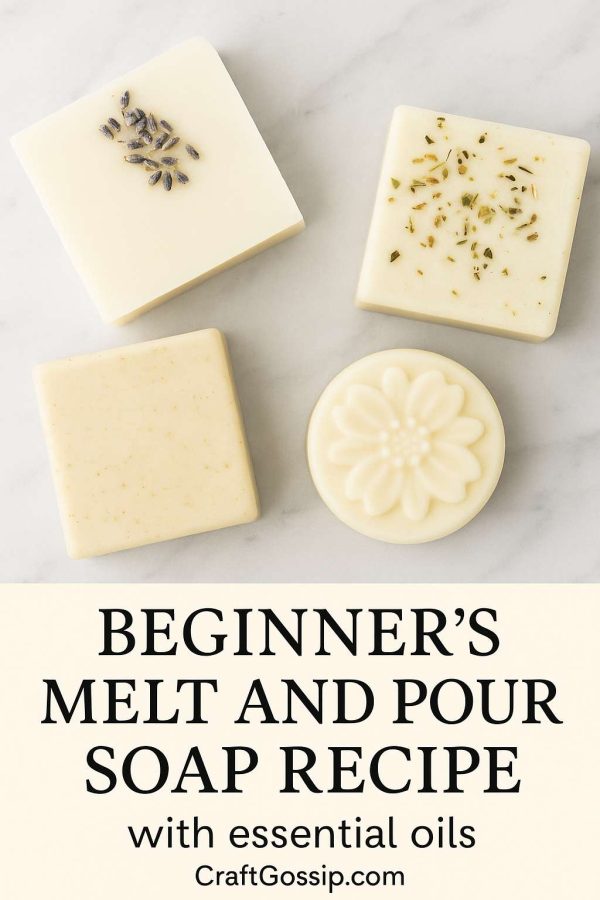 At the beginning of the year I blogged about Streuter Technologies products after encountering them at both CHA, The Craft and Hobby Association Show and then in Las Vegas at Glasscraft . My good friend and glass goddess, Leigh Adams has always raved about their adhesives. She uses the No Days sheet and mesh adhesives for mosaic work and the fusing adhesive for, let me guess…fusing. The sheet and mesh, as well as a number of their products are heat activated. A heat gun or an oven or even a kiln at low temperature will activate the glue and the hold is amazing. But more importantly is that if you’re creating mosaic work it’s ready to grout immediately. You don’t have to wait overnight for the glue to dry. Once the piece has cooled down, you’re ready to go. And as an instructor, that allows a mosaic class in a day…even just a couple of hours. Fabulous!
At the beginning of the year I blogged about Streuter Technologies products after encountering them at both CHA, The Craft and Hobby Association Show and then in Las Vegas at Glasscraft . My good friend and glass goddess, Leigh Adams has always raved about their adhesives. She uses the No Days sheet and mesh adhesives for mosaic work and the fusing adhesive for, let me guess…fusing. The sheet and mesh, as well as a number of their products are heat activated. A heat gun or an oven or even a kiln at low temperature will activate the glue and the hold is amazing. But more importantly is that if you’re creating mosaic work it’s ready to grout immediately. You don’t have to wait overnight for the glue to dry. Once the piece has cooled down, you’re ready to go. And as an instructor, that allows a mosaic class in a day…even just a couple of hours. Fabulous!
And the fusing adhesive is just as cool. Sometimes you need to tack everything down and then walk it to the kiln. Any false move and there’s glass or frit everywhere without some glue to assist. Not cool. And some glues, whether you like it or not can leave a residue. Yuck. The No Days fusing adhesive leaves no residue and it dries quickly and completely. Nice…and also handy if you teach. Nobody wants to wait around for their glue to dry. And no one wants residue…
